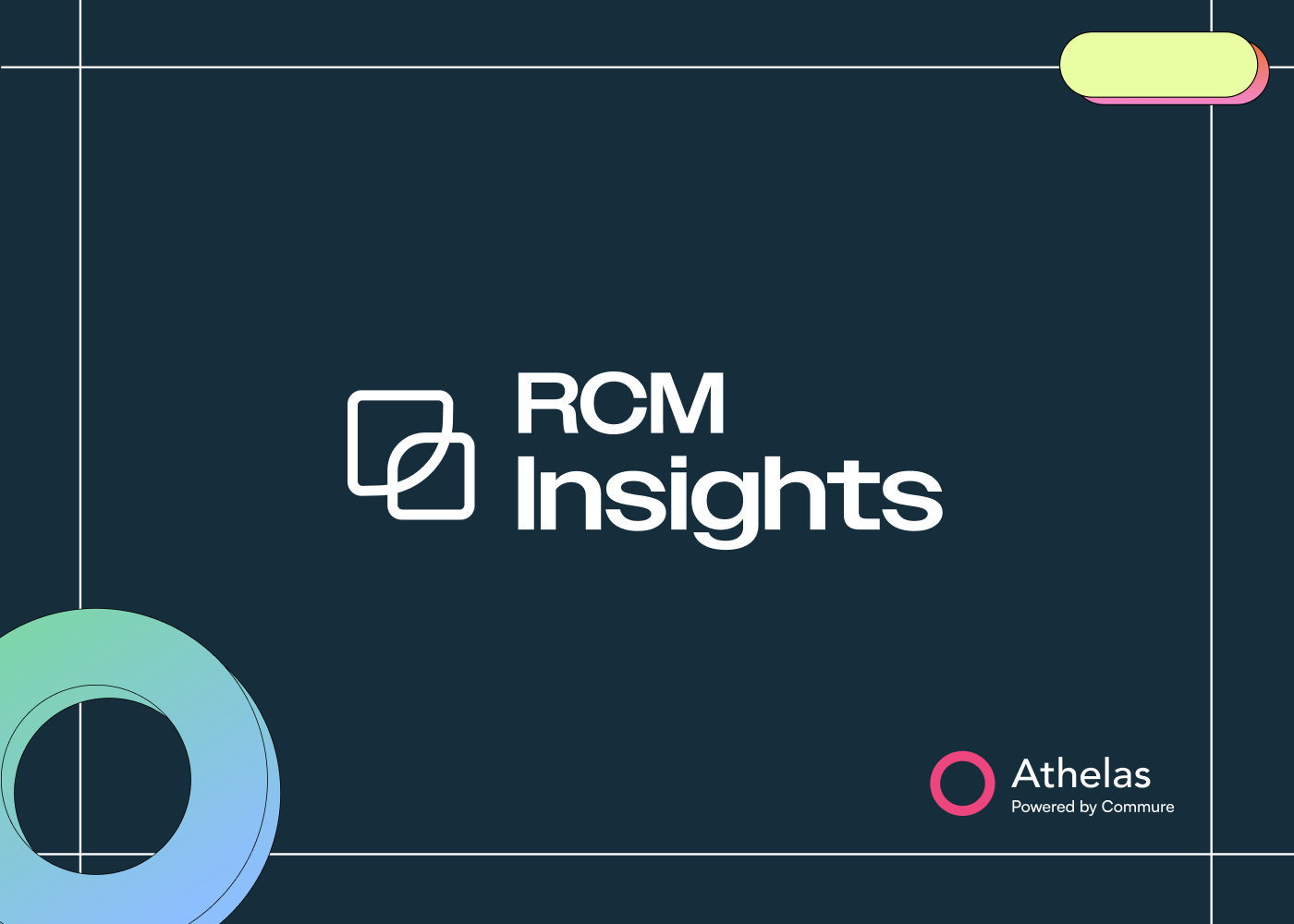Let’s be real, getting paid on time by patients is harder than ever. With high-deductible plans and rising out-of-pocket costs, even the most well-run practices are seeing more delays and missed payments. For mid-market groups, that adds up fast. But here’s the good news: predictive analytics is no longer just a tool for hospital systems or payers.
Today, mid-sized practices can use data-driven insights to ethically and effectively improve patient collections without sacrificing trust or quality of care. This article breaks down how to use predictive analytics to boost upfront collections, reduce bad debt, and streamline your revenue cycle.
Why Upfront Patient Collections Matter More Than Ever
Collecting patient responsibility upfront isn’t just about improving cash flow (though that matters). It also:
- Reduces administrative time spent chasing payments
- Helps patients better understand their financial responsibility
- Prevents care delays due to unclear costs or confusion
- Lowers bad debt and write-offs
But relying on staff to estimate and collect at the front desk isn’t always enough. That’s where predictive analytics in revenue cycle management (RCM) comes in.
What Are Predictive Analytics in RCM?
At a basic level, predictive analytics uses historical data—like past payment behavior, insurance plan info, visit types, and demographic trends—to estimate how likely a patient is to pay, how much they’ll owe, and when they’ll pay.
When integrated with your EHR or RCM platform, these insights can support smarter workflows, like:
- Flagging high-risk accounts before the patient checks in
- Tailoring payment plan offers based on likelihood to pay
- Notifying staff when to prioritize upfront discussions or financial counseling
- Pre-scheduling digital payment reminders
Important note: this isn’t about denying care or penalizing patients. It’s about meeting patients where they are financially—with clarity and proactive communication.
5 Predictive Analytics Tips to Improve Upfront Collections
1. Use Real-Time Eligibility + Benefits Checks
Pair predictive models with real-time eligibility checks to estimate patient responsibility before the appointment. This gives staff the right info at the right time—and avoids surprises at checkout.
2. Segment Patients by Risk Tiers
Not all patients require the same approach. Segment by predicted payment likelihood (e.g., high, medium, low) to customize communication. High-risk patients may benefit from upfront payment plans or financial counseling.
3. Automate Pre-Visit Estimates and Reminders
Sending personalized estimates and reminders before the visit gives patients time to plan. Many patients want to pay—they just need the right tools and a heads-up.
4. Train Front Desk Staff with Data Insights
Predictive tools are only effective if your team knows how to use them. Equip staff with talking points, training, and confidence to discuss financials respectfully and clearly.
5. Track and Refine Your Models
Start small, measure results, and refine. Work with your RCM partner or EHR vendor to improve model accuracy over time, based on your actual collections and patient behavior.
A Word on Compliance and Ethics
Remember: using predictive analytics in healthcare requires careful compliance with HIPAA, anti-discrimination laws, and ethical billing practices. The goal is not to profile patients or deny services, but to support informed, transparent conversations.
Partnering with a trusted vendor—and regularly reviewing policies—is key.
What Mid-Market Specialty Groups Should Look For
If you're evaluating tools or partners, look for:
- Integration with your existing EHR or PM system
- Transparent methodology behind the predictive model
- Real-time, patient-specific estimates—not just averages
- Dashboards or workflows designed for staff usability
- A track record of working with mid-sized practices
Final Thoughts
Improving patient collections doesn't have to be awkward or adversarial. With predictive analytics, mid-market specialty practices can create a more transparent, proactive financial experience while protecting revenue and reducing staff burden. The technology is here and the opportunity is real. The next step? Finding the right partner who understands both the numbers and the nuance.
Want to see how predictive analytics can support your practice's RCM goals? Schedule a demo with Athelas to learn more.
How do you bill medicaid? Improve retention without hiring?
Get ahead of 2025 CMS changes?
Schedule a demo with Athelas today to find out.




